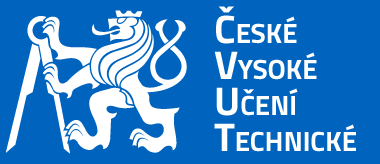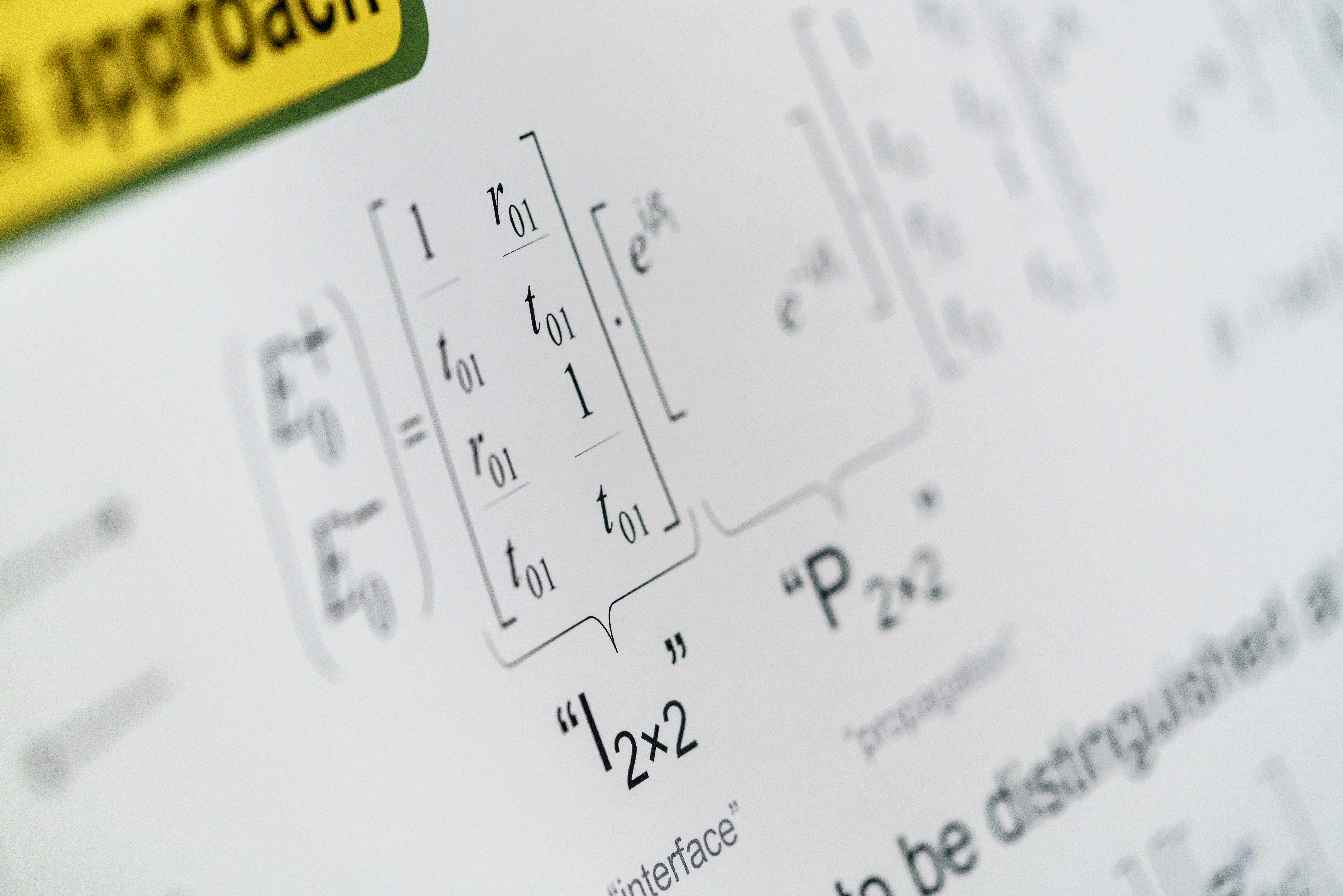O CENTRUCentrum pokroÄilĂ© fotovoltaiky (CAP) vzniklo v roce 2016 jako souÄĂĄst Katedry elektrotechnologie za podpory EvropskĂœch strukturĂĄlnĂch fondĆŻ a stĂĄtnĂho rozpoÄtu ÄR.CAP sdruĆŸuje ĆĄpiÄkovĂ© odbornĂky z ÄVUT v Praze i ze zahraniÄĂ. UnikĂĄtnĂ spojenĂ odbornĂkĆŻ z oblasti materiĂĄlĆŻ a architektury pĆinĂĄĆĄĂ novĂ© pĆĂleĆŸitosti k vyuĆŸitĂ fotovoltaiky.Podporou projektu CAP (CZ.02.1.01/0.0/0.0/15_003/0000464 Centrum pokroÄilĂ© fotovoltaiky) byl poloĆŸen zĂĄkladnĂ kĂĄmen pro nastartovĂĄnĂ centra zamÄĆenĂ©ho na propojenĂ zĂĄkladnĂho a aplikovanĂ©ho vĂœzkumu v oblasti fotovoltaiky. |
EVENTS & NEWS
26.10.2020
21.10.2019
18.06.2019
15.03.2019
5.03.2019
| |
RESEARCH THEMESThe mission of CAP is to link researchers from the field of materials, architects, builders and other potential users of photovoltaics. Research at the centre is focused both on basic research in the field of new technologies of PV cells as well as on the utilization of photovoltaics, and is organised around the following themes: |
||
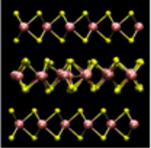
|
Computational simulations and the design of low-dimensional materials for solar cells
Leader: prof. T. Polcar Team is focused on bottom-up approach in design of novel materials/interfaces using advanced atomistic simulations. Two lines of research are envisaged: study of low dimensional materials and perovskite/oxide interface and optimization of an interface between organicâinorganic hybrid perovskite materials with oxide scaffolds to improve efficiency of a perovskite. Read more... |
|
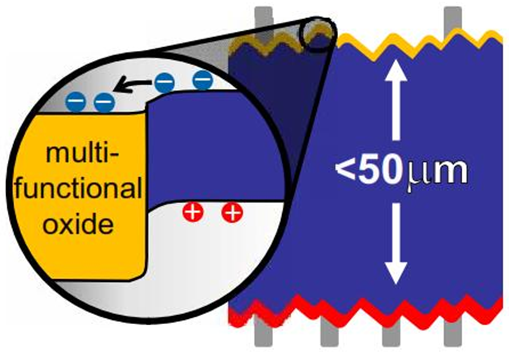
|
Implementation of novel materials
Leader: Mgr. J. HolovskĂœ The research has one main long-term objective that is 25% efficient solar cell based on silicon passivated contacts technology, optimized for Âœ sun irradiance and fabricated without use of any kind of chemical vapour or plasma deposition. Only wet chemistry passivation combined with multifunctional transparent oxide layers prepared by Pulsed Laser Deposition or RF Sputtering will be used. The idea of Âœ sun optimization is supported by many arguments: 1) within the tandem, cells work only below Âœ sun irradiance, 2) energy cost is high when sunshine is low, 3) capping PV modules to Âœ of nominal power saves BOS cost and makes system more profitable, 4) reduced current allows for relaxed requirements for contacts. The 25% objective might not be reached by Si cell alone and so tandem with perovskite might be required. For this reason we study hybrid perovskite materials by advanced techniques such as FTPS and in terms of devices we reached 19% efficiency for mixed-halide technology.Read more... |
|
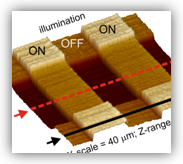
|
Study of transient phenomena with view to PV performance and degradation
Leader: doc. B. Rezek The work is focused on microscopic studies of short-term and long-term transient phenomena in PV materials (WP1, WP2), structures, and devices (WP4). The research is also tightly linked to practical PV integration in buildings (WP5). Read more... |
|
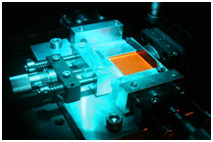
|
Photonic light capture for high-efficiency low-cost solar cells
Leader: prof. T. Markvart Photonic structures and photon management will be used to enhance the capture of sunlight. To this end, advanced forms of fluorescent collectors will be developed with the use of frequency management in molecular complexes, applying ideas from photosynthetic light harvesting. With the help of photonics, the resulting structures will efficiently trap and guide both the incident and emitted light. The aim is to separate light capture from charge separation in a device where photonics serves as a tool to attaining high-efficiency at low cost, in a compact next-generation solar cell. The work will build on collaboration between the Centre for Advanced Photovoltaics in Prague and the Solar Energy Laboratory at the University of Southampton, UK (see http://www.southampton.ac.uk/engineering/research/groups/energy_technology/solar_energy.page) |
|
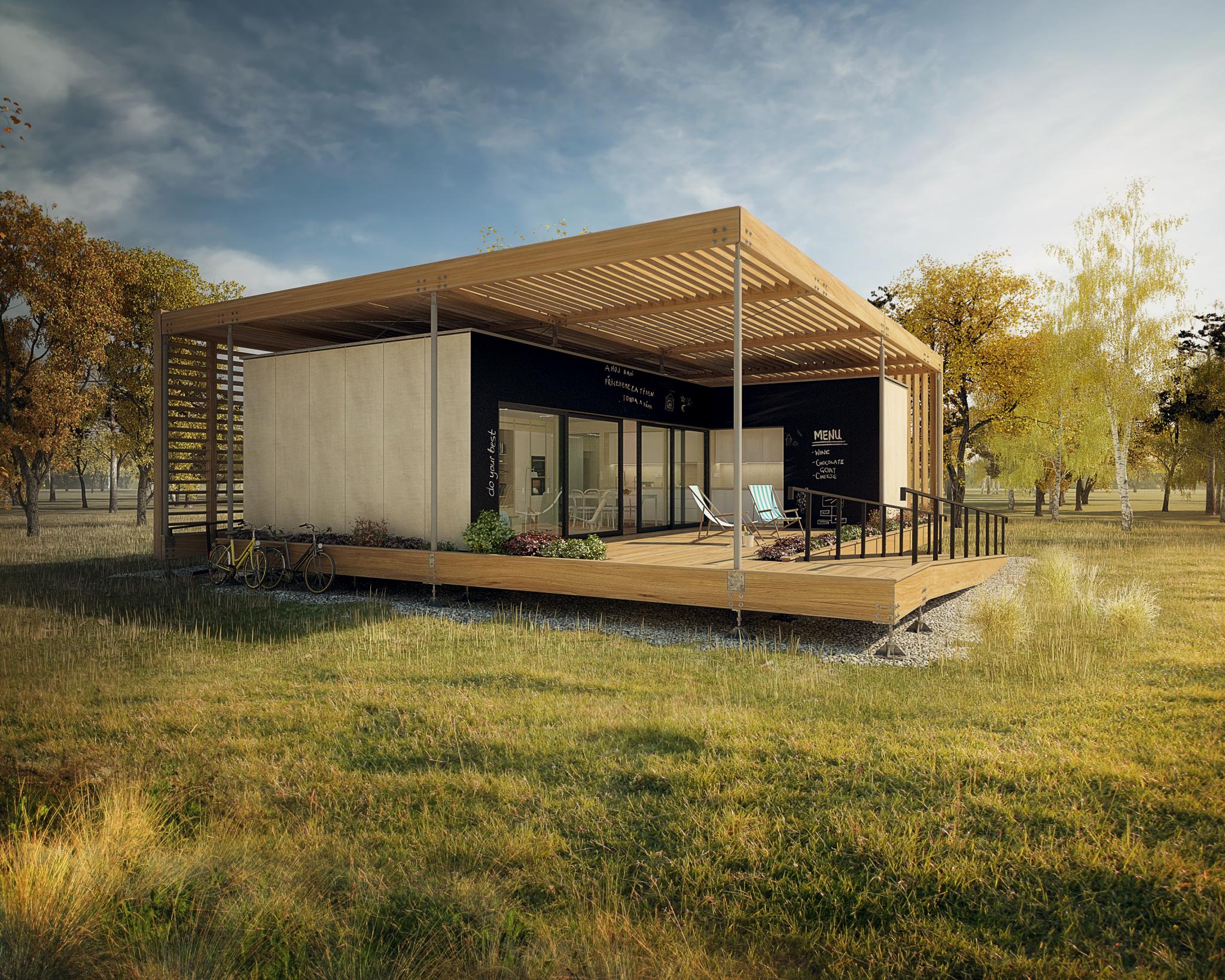
|
Solar power utilization concept in the built environment - Microgrids, Solar Architecture
Leader: Ing. P. Wolf Team is focused on practical use of solar cells in respect to energy demands, human perception and urbanism. Cities and other urban areas will be completely transformed; building can be first passive and later even act as an active source of energy. This WP will investigate requirement and impact of such profound change. Read more... |
|
